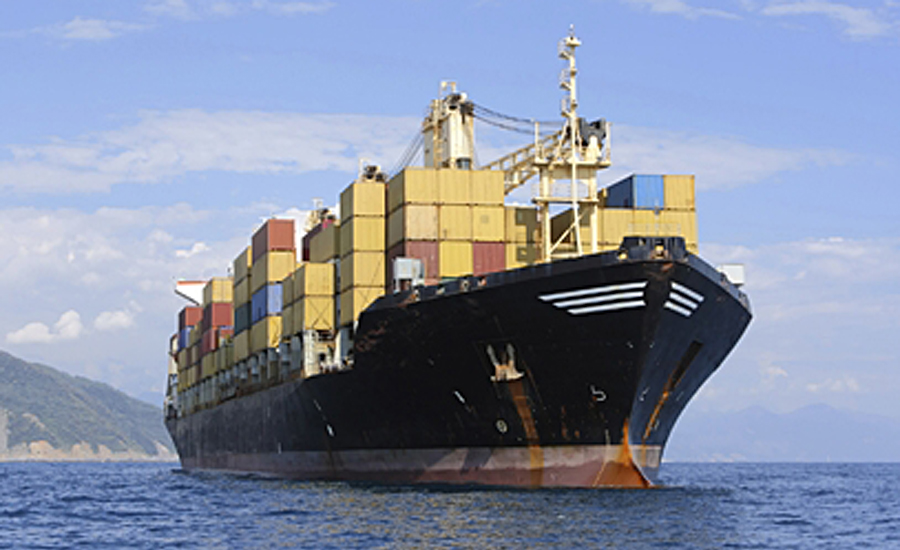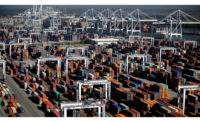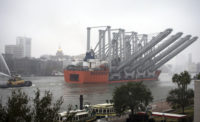Port of Savannah expansion project on schedule
Over the next 10 years, GPA will invest approximately $2 billion in new cranes and terminal infrastructure to handle expanding cargo volumes.

U.S. Army Corps of Engineers, Washington, D.C., completed outer harbor dredging at the Port of Savannah, Savannah, Ga., marking the midpoint of the Savannah Harbor Expansion Project (SHEP).
SHEP received $49 million in President Trump's FY 2018 budget request to Congress.
A study conducted by the Corps of Engineers estimates that once the project is complete, the deepening of the harbor will result in a net benefit of $282 million in transportation savings for shippers and consumers per year.
"From a business perspective, any time you can find an opportunity where every dollar delivers that kind of return, it's an investment worth making," says Jimmy Allgood, chairman of the board for Georgia Ports Authority (GPA), Garden City, Ga. "That's a massive benefit for taxpayers, unmatched by any other maritime infrastructure project in the country."
Over the next 10 years, GPA will invest approximately $2 billion in new cranes and terminal infrastructure to handle expanding cargo volumes.
"In Georgia, we're making the investments necessary to support U.S. producers well into the future," says Griff Lynch, GPA executive director. "Similarly, the Savannah Harbor Expansion Project is crucial to keep U.S.-made products competitive globally because the heavier goods require deeper draft to take advantage of cost savings from Neo-Panamax vessels."
Deepening the harbor will allow Neo-Panamax vessels to take on heavier loads and transit the Savannah River with greater scheduling flexibility. Larger vessels also burn less fuel than multiple smaller ships, allowing for additional cost savings by using larger vessels. By reducing transportation expenses for American producers, the larger, more efficient ships reduce the cost of delivering goods to foreign markets.
The first half of the project deepened the outer harbor to 49 feet at low tide (56 feet at high tide). The inner harbor channel will be expanded from its current low-tide depth of 42 feet to 47 feet (54 feet at high tide).
The Port of Savannah is said to be the fastest-growing container port in the United States and the fourth busiest, behind Los Angeles, Long Beach and New York-New Jersey.
Looking for a reprint of this article?
From high-res PDFs to custom plaques, order your copy today!








